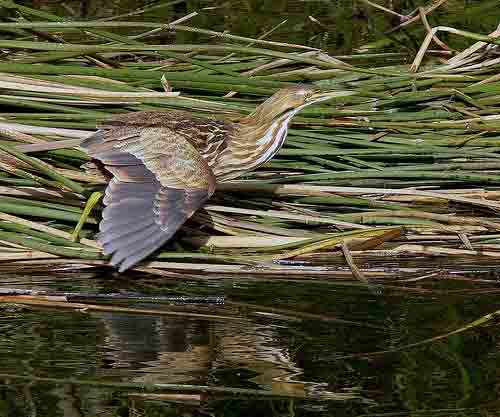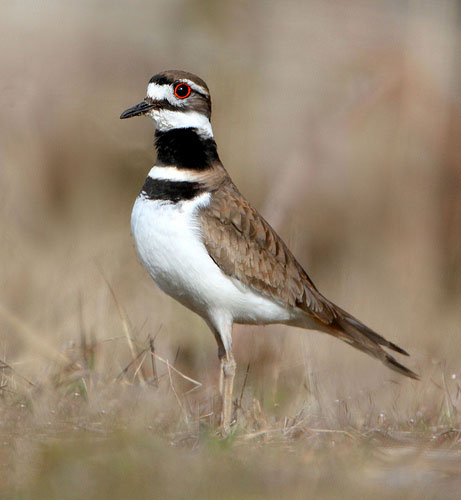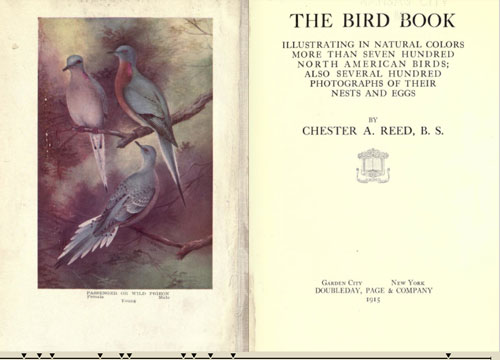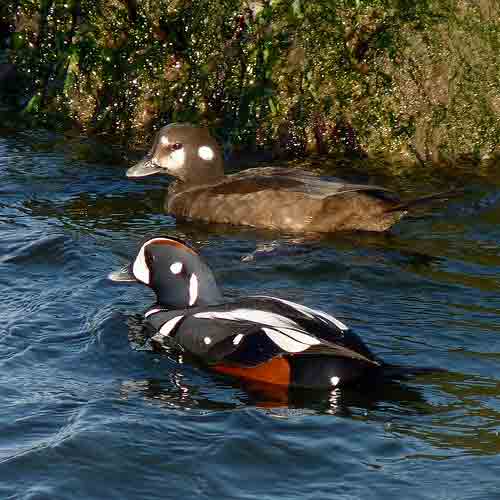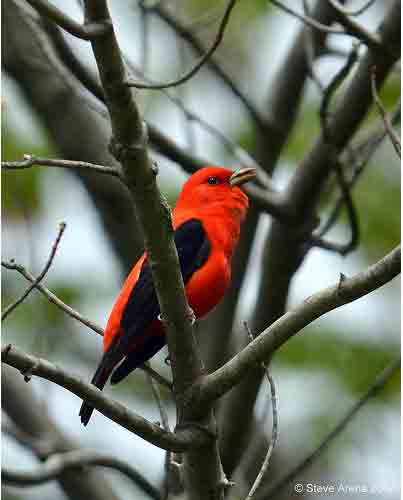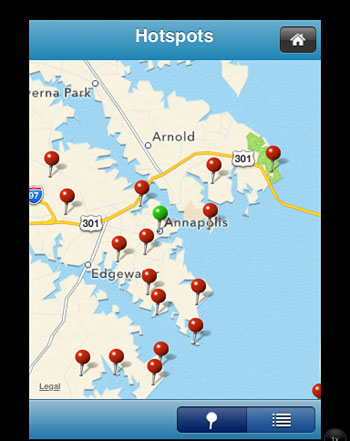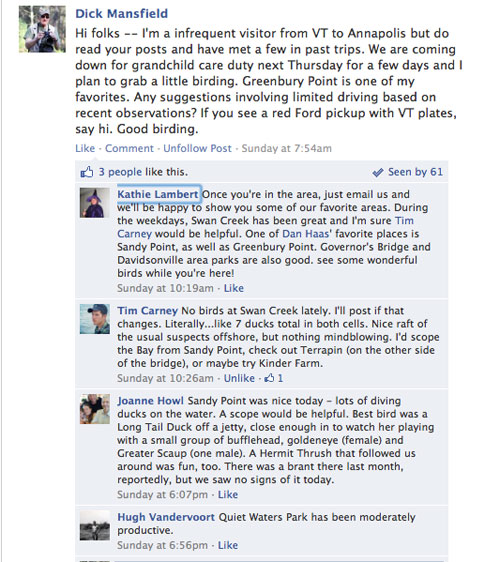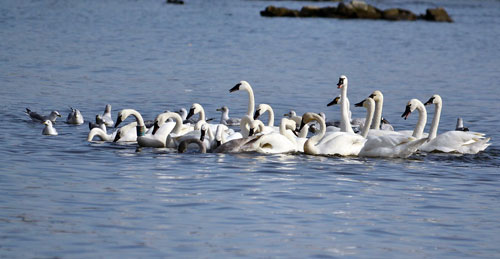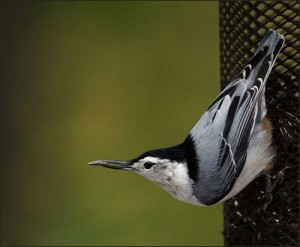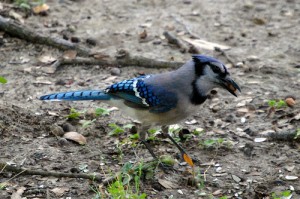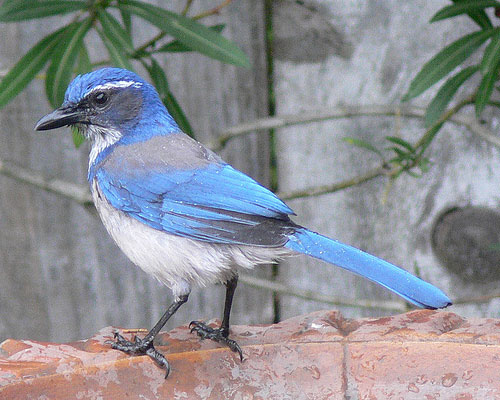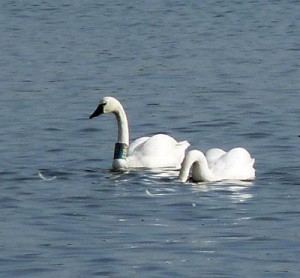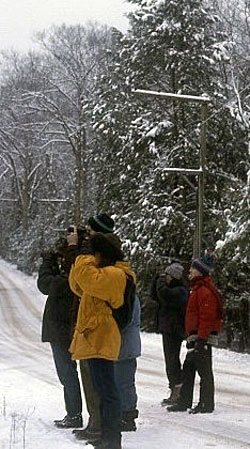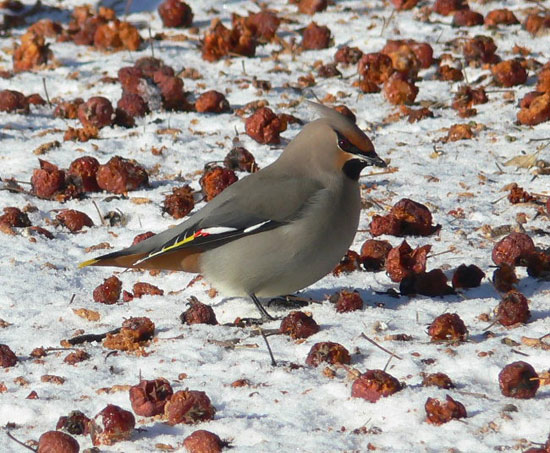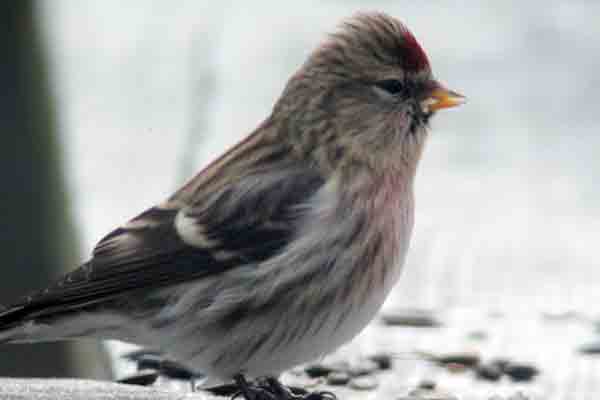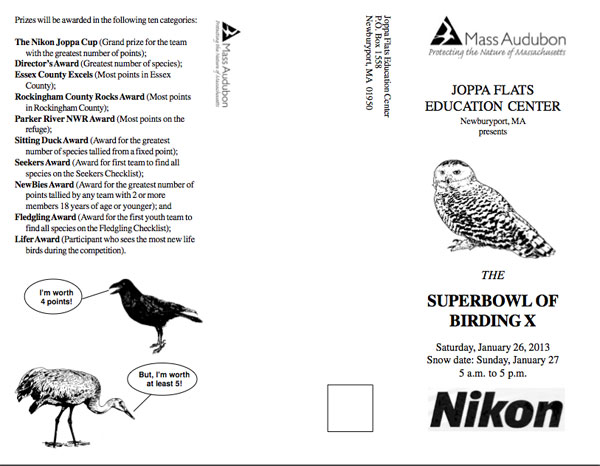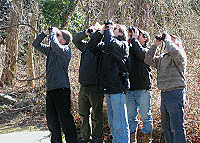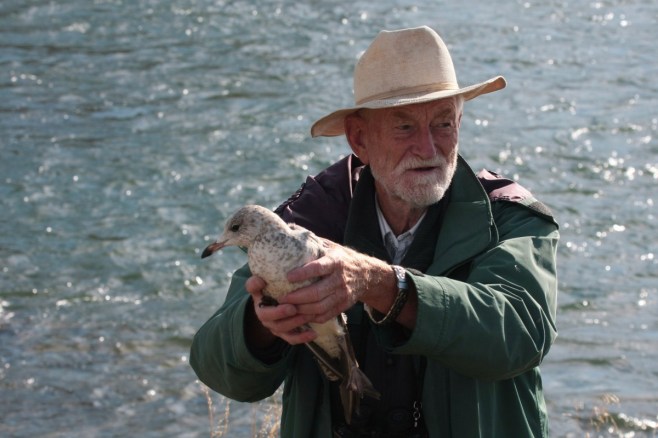Here are the next group of stories from the Massachusetts birding community (extended) about what was the spark that made them birders.
Catherine (NH) was hooked by a booming Bittern:
I was fortunate in that my Dad has been a lifelong bird watcher, but I don’t recall his ever pushing my siblings or me to follow his bliss. Still, there quite a few species to be seen around our home, and I was given an antique hard-covered child’s first book of birds when I was around 6 or so. My folks had a sunflower seed feeder hanging above the front porch, but I read in my book about getting some strange substance called suet (which I pronounced as you would a man’s business attire), and asked my folks if they knew where we could get some so we could see woodpeckers.They obtained suet and hung it from on old onion bag and soon we had hairy and downy woodpeckers at our feeders.
From age 6 or so, birds were my winter pastime. I enjoyed watching our feeders on snowy days and became familiar with the birds that stayed or arrived with the snow. In those days (late 50s early 60s), we’d have evening grosbeaks every winter – great flocks of them that came and devoured mass quantities of sunflower seeds. It’s been decades since I’ve seen flocks like those.
The spark, though, didn’t hit me until one early morning in the spring when I was eight. Our home was abutted by two abandoned pastures, and beyond them was a small pond surrounded by a sizable cattail swamp. Every spring a pair of bitterns would set up housekeeping in that swamp, and our early mornings would be punctuated with the male’s strange, booming call. I knew it was a bittern, because our Dad had told us so years ago; and I knew what a bittern looked like because I’d looked it up in our Peterson field guide.
But that spring morning, as the male was thundering away in the swamp, I decided that I was going to go see what this bird looked like when he was making his weird music. I wanted to SEE what he did to make that sound! It was a much harder (and soggier) undertaking than I’d imagined it would be, and I spent a good twenty minutes jumping from cattail hummock to cattail hummock – trying hard (and failing) not to muck up the new sneakers that were supposed to last me at least until the end of summer. I was so intent on where I was putting my feet that I came on the bittern almost before I knew it. One minute I was grabbing a handful of spent cattail stalks and trying not to tumble in the muck, and then there he was, just twenty feet or so away, on his own hummock. He was much more handsome than the picture in the book, and I was fascinated by how painful-looking his singing was. Each sound required so much effort that it seemed to my eight-year-old eyes, that he was constantly on the verge of throwing up. I was absolutely transfixed by that bird – by nature I was rather a fidgety child, but so intent was I on not spooking the bittern that I crouched behind my cattail clump as if frozen. I don’t know how long I watched him before he finally flew off to sing in some other section of his swamp, but it felt like I stayed watching him for a long time before he left, and I felt like I could stay like that forever. What I remember most was the elation I felt – like I’d been lit up inside with a feeling of great joy – that, through my own hard slogging, I had seen something wonderful.
I think, when I go bird watching, I’m chasing that lit up feeling as much as I’m chasing glimpses of these wonderful creatures. My Dad will be 80 this year, and we still try to get out bird-watching once a week or so. Often we just sit in one place, drink coffee, and watch whatever comes by. It’s a rare outing where we don’t see something avian that gives us that joyful, lit up feeling.
Tom (CT) became hooked at summer camp:
My spark was similar to one of the first posters, who posted about the distant eagle. I was 12 years old, at a summer camp in New Hampshire. I had been interested in birds since I was 5-6, raptors mostly, like most boys (had a falling out with my best friend for a while over who would win in a fight between a Bald Eagle and a California Condor!), but never really birded. My spark bird was a male Blackburnian Warbler (I’m sure I am not the only one) that a counselor showed me on a nature walk, but it was the fact that you could use binoculars to find and identify this tiny bird so far away that really opened up my world.
That winter, I bought a box of Cap’n Crunch with a pair of binoculars inside as a free prize, then upgraded to another pair of plastic binocs from a drug store, then to my dad’s mother of pearl opera glasses(!) before finally getting as a birthday present, about 80-90 species later, a pair of 8x40s optimized for sports viewing (which I was inordinately proud of because both the 8 and the 40 were bigger numbers than the standard 7×35!). Ironically, like another poster, I’m actually not very good at spotting things with my eyes, and have been a birder mainly by ear for most of my life (though my favorite group of birds are shorebirds–I love sitting and going through a flock with a scope over and over again).
Gerry, the “spark” for this wonderful discussion, tells how sharing a ‘scope can change a life:
It was July of 1970. My wife of two years and I were spending the weekend with my cousin and his wife at their Bonnet Shores house. He asked me if I would like to go birding with him on Sunday morning and not being adverse to trying something new easily agreed.
We went to Moonstone Beach and trudged out by the potato field where my cousin set up his Swift scope. Mind you I didn’t even have a pair of binoculars. He started sweeping the fields and then stopped and fiddled with the focus wheel and said “here take a look at this.”
I put my eye to the scope and what happened next was nothing short of an epiphany. The bird in the scope was a Killdeer and seeing him was like a laser back to my brain because at very moment I knew what I was going to do the rest of my life.
Gerry gives quiet thanks to his “spark bird” — a Killdeer. photo by winnu
Today when I find a Killdeer I always linger. It’s not to recreate that moment because that can only happen once but I always view the Killdeer as the key to my great adventure. If you happen to be standing close enough to me you will hear an audible ” thank you” and that comes from my heart and soul.
Jessica notes that she is a “birding baby” compared to many contributors to this thread:
My own story is so different. Maybe six years ago, on a whim, I got a video about “backyard bird identification” from the library. At a local park, I made my first identification: a flock of house sparrows. I watched them hop about, fascinated. They were no longer just “birds”, beyond any
hope of recognition. They had unique names and identities and habits. Suddenly birds were everywhere. I got to know the chickadee, the robin, the blue jay…
A few years later, I imitated a mysterious and lovely (and loud) bird call to my boyfriend. “That’s a cardinal,” he said without hesitation. I was stunned (and a little skeptical). How could he know that from my poor imitation? He got me “Birding by Ear”, and pretty soon I was helping him make identifications.
I think what got me hooked though was the experience of going to places that seemed empty and just stopping long enough to see that they hosted a rich variety. If I stand still and pay attention, I might see coots bobbing in the reeds, a heron motionless and hunting, goldfinches calling as they fly, a flock of bluebirds passing through.
Looking forward to reading more about your adventures and finds.
You can read the initial question here and the first batch of answers here.
Join those who comment on what spark set them on their birding journey? Tell us about it with a comment below. You should sign up by RSS feed or via email to have future “spark” articles sent to you. Thanks

